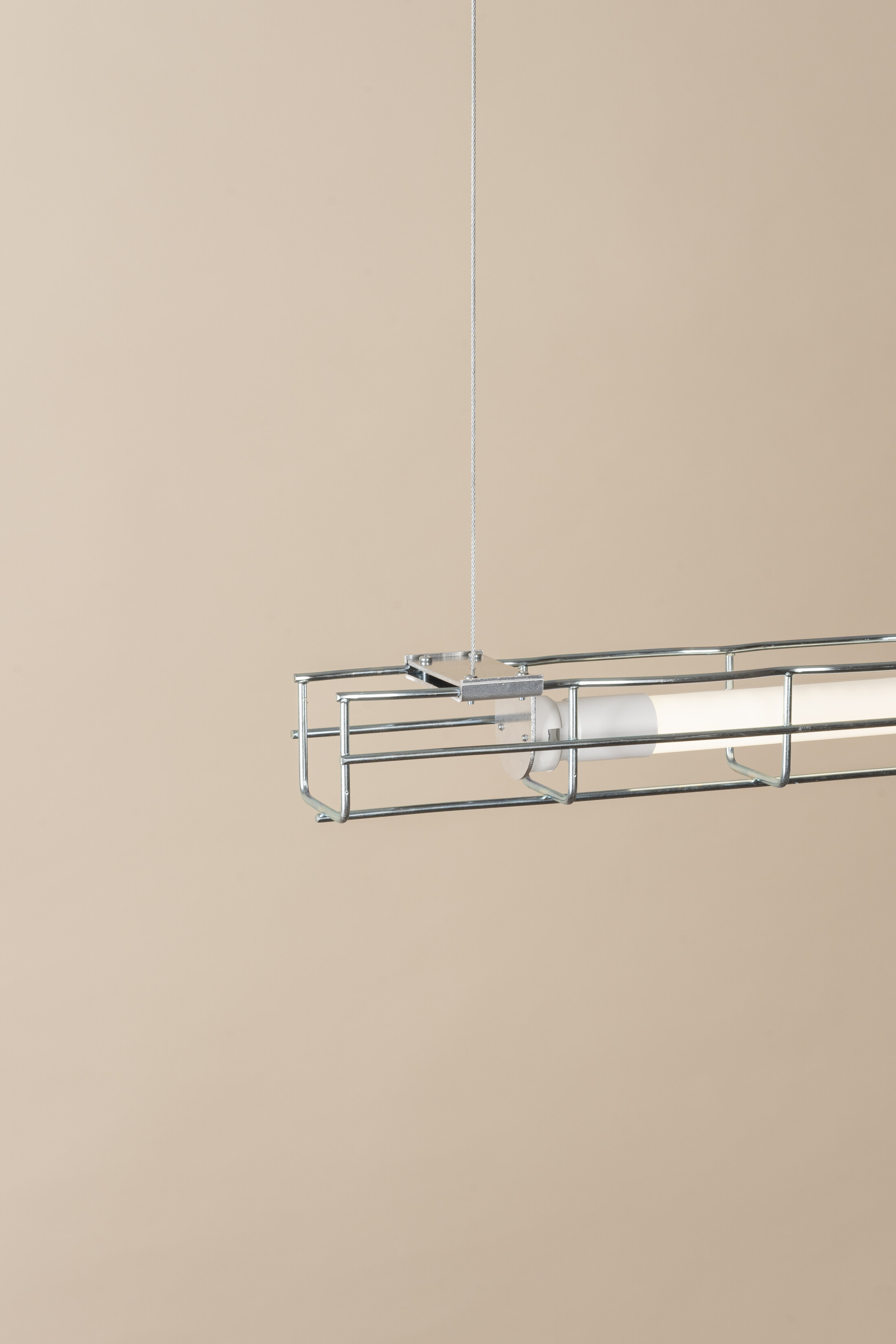
“Right from the start, we liked the idea of diverting ordinary elements from their original purpose."
Interview with Paulineplusluis
Discover Pauline Capdo and Luis Bellenger, the founders of the design studio Paulineplusluis. Paulineplusluis is known for their functional, simple and poetic creations. Their work ranges from lighting to furniture, using everyday elements and scenes from their daily lives. Named Designer of The Year 2024, this French duo will participate as residents in the MAD Incubator program for the next two years. On Nov. 7, 2024, MAD Brussels will host Pauline and Luis for a creative lunch. We spoke with the duo to discover their creative process and the inspiration behind their work.
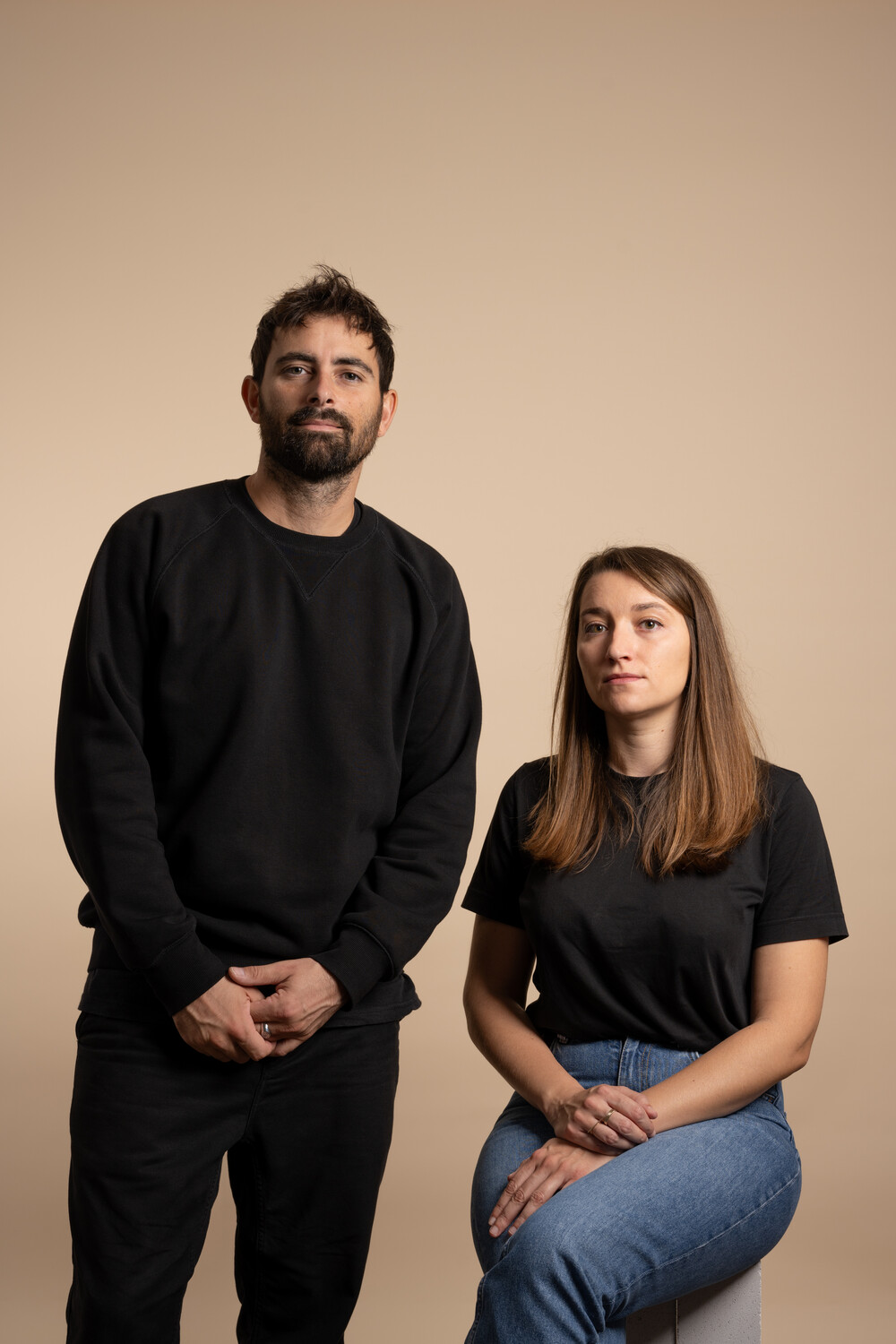
Who is behind Paulineplusluis? Can you tell us a little about your background and the nature of your collaboration?
We are Pauline Capdo and Luis Bellenger. We started Paulineplusluis in 2015, but we were already working together during our studies. We studied together, first at Saint-Luc in Tournai and then at La Cambre in Brussels. After our studies, we decided to create our own studio, “Paulineplusluis,” a studio for designing objects, furniture and mainly lighting. We work with brands, create pieces in autoproduction and also work on custom projects.
Everything goes back to our studies. Our first joint projects were student assignments, but these allowed us to test our compatibility and explore ideas together. From the beginning, we loved the idea of giving ordinary elements a new purpose and transforming simple materials into unique objects.
During our studies, the atelier played a central role. We made models and prototypes, often with simple, inexpensive materials. What began as a budgetary constraint soon became an area of research. Over time, transforming materials became part of our approach, and today our style is based on exploring everyday details to create objects.
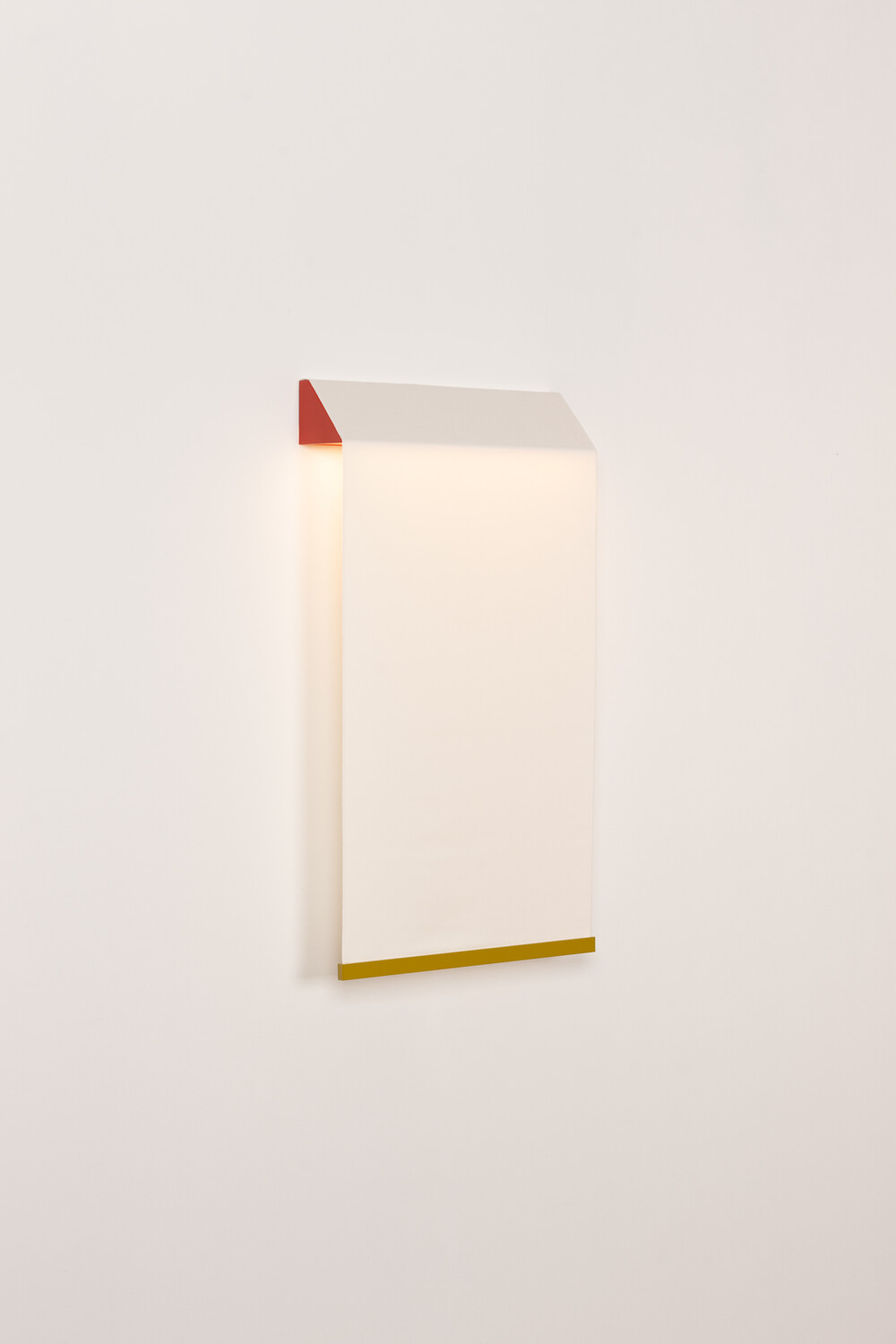
How do you manage to align your individual ideas into a shared vision?
Our ideas don't necessarily originate in the studio. They often arise while traveling, taking a walk through Brussels or visiting an exhibition. It's all these everyday moments that feed our inspiration. In fact, we have a similar aesthetic sensibility: sometimes one of us notices a detail, shares it with the other and we discuss it together. So our creativity is a constant dialogue, and this shared understanding means that we often quickly come up with an idea that we both like.
We stick to simple materials. Our approach is to reveal the hidden beauty of ordinary materials. This dates back to our early days as students, but is still central to our practice.
We want our objects to speak for themselves, without pursuing luxury or excess. We prefer the authenticity of materials, giving them real depth and reflecting our original approach.

Next year marks the 10th anniversary of Paulineplusluis. What is your favorite project so far?
It's hard to choose, but there is one recent project that is particularly close to our hearts: Neon. In the beginning, we worked mostly with brands. Now we want to diversify our activities, especially in the area of self-production. It is not systematic, but when we find a feasible idea to produce, combining aesthetics and manageable costs, we like to carry out the project completely ourselves. Our Neon lamp is a good example of this approach. It symbolizes ten years of experience: from design to communication, production and marketing. In other words, everything we have learned to do and everything we love to do. It's the project that brings together most of the skills we have acquired over the past ten years, and the fact that it has been so successful makes us very proud.
There's also the reception desks project for the Centre Wallonie-Bruxelles in Paris, completed last year. This was a new project for us, with a more architectural dimension. It allowed us to work on a different scale, and it's something we'd like to explore in the future too.
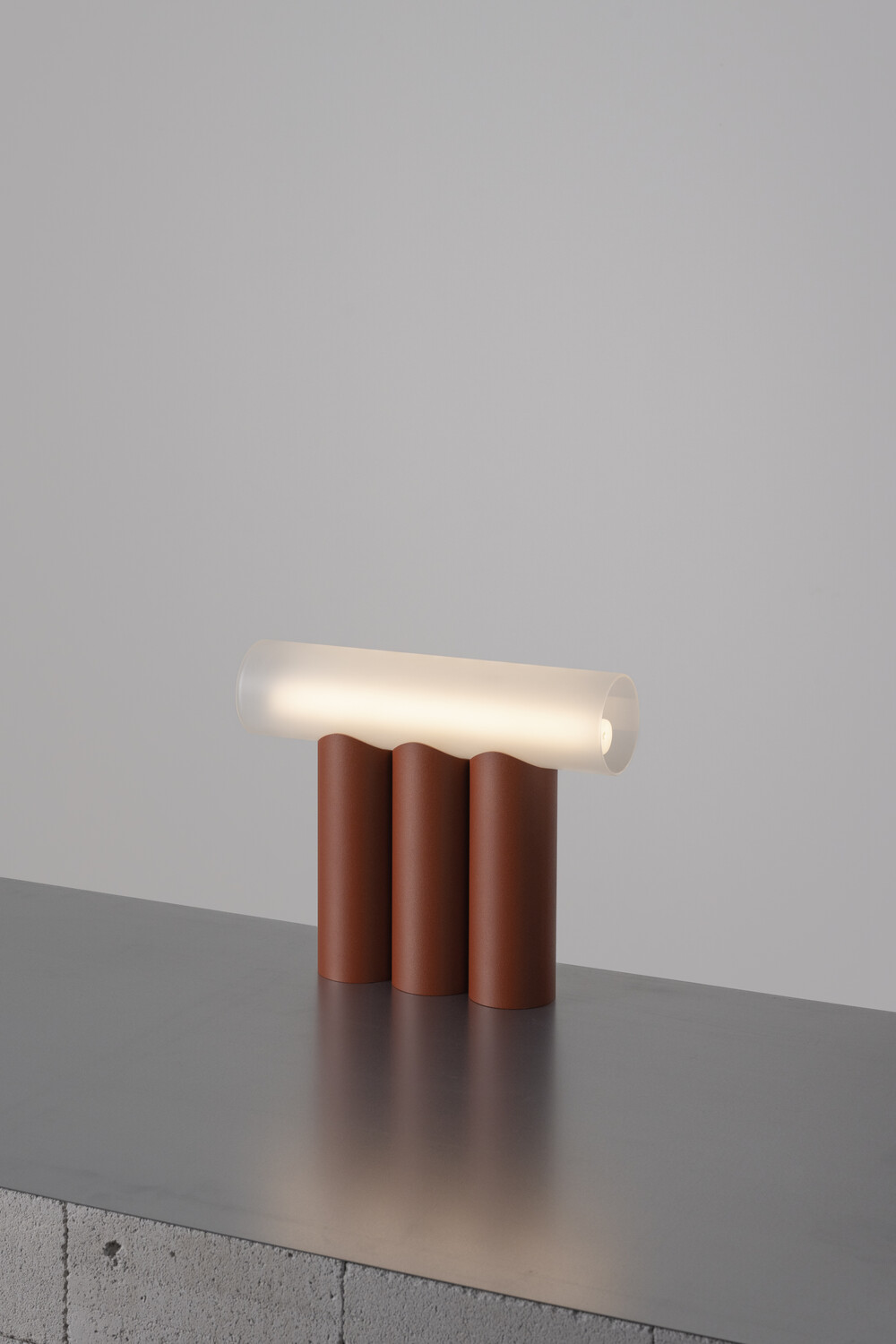
You often work with simple, affordable materials. Have these materials ever created unexpected challenges?
That's exactly what we like about our approach: using ordinary, often under-used materials. Sometimes we discover unexpected effects. For one of our lamps, for example, we used sheets of printing paper. We realized that when we shined the light on these sheets, they turned purple because of the bleaching agents that had been added to prevent yellowing. Surprises like this enrich our work.
In fact, the real challenge lies not so much in the material itself, but in the way we perceive and use it: sheets of paper or cable trays, for example, are not necessarily aesthetically pleasing on their own. Our task is to place them in a context where they take on a new dimension, a new aesthetic value.
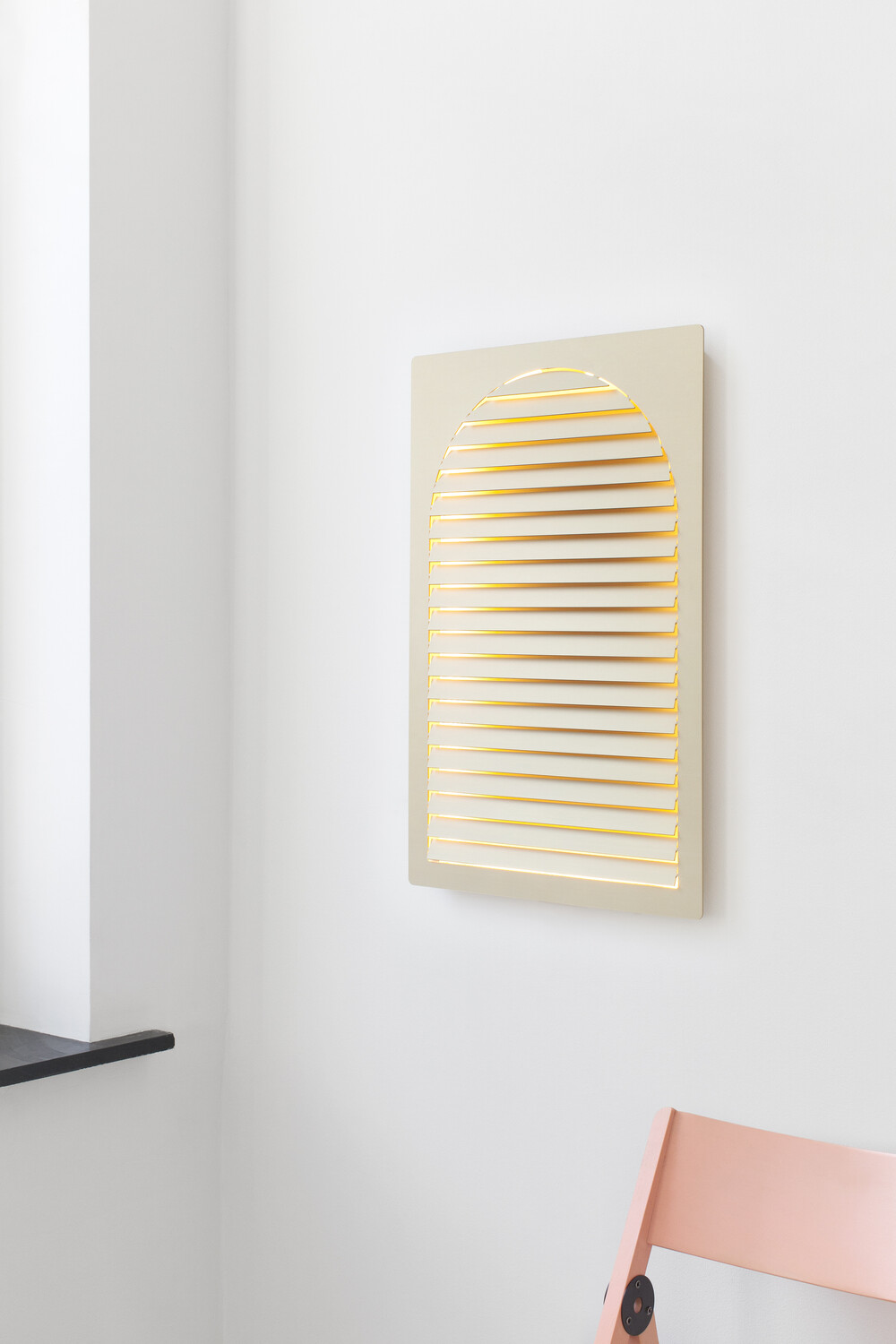
You are residents of the MAD Incubator for the next two years. What can we expect?
We have a number of goals for the next two years. On the one hand, we want to continue collaborating with new brands, because it allows us to discover new skills and work on different types of products. Second, we want to develop more self-produced products, as we did with the Neon lamp. Finally, we hope to work on custom projects.
During the Creative Lunch, we talk more about our personal experiences and the lessons learned from each project. The idea is also to look back on our career and build a story around our studio, showing how we evolved over ten years to where we are today. We see it as an opportunity to share the highs and lows of our experience so far.